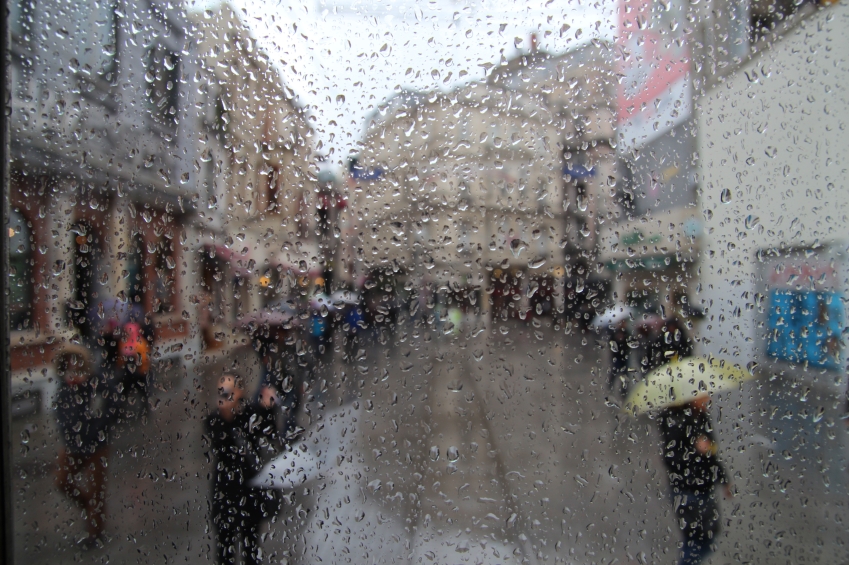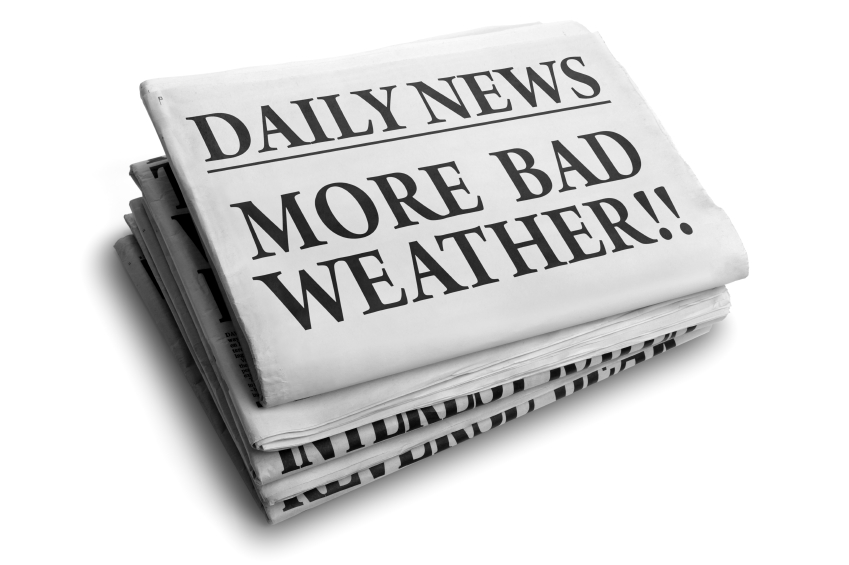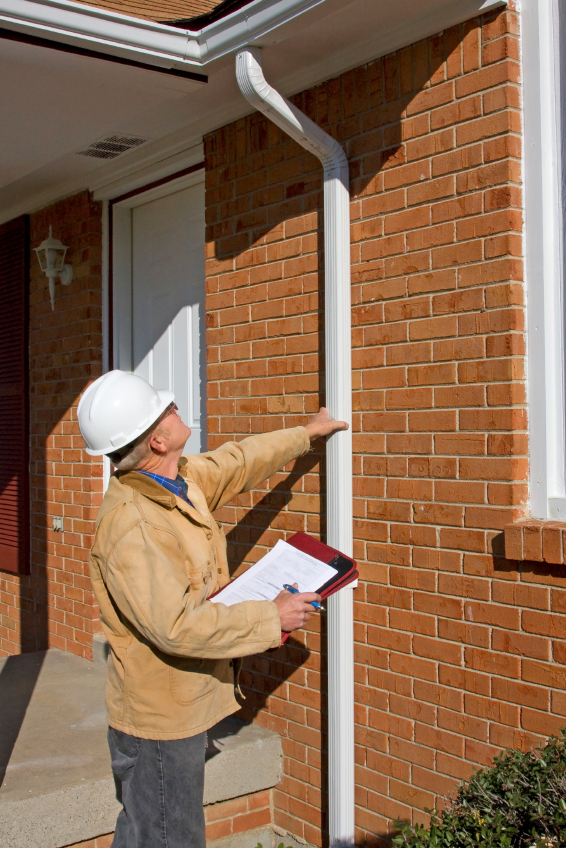Whenever I hear the phrase “El Nino”, I am immediately launched back to 1997 as if I have entered a time machine. I remember that year as if it were yesterday. I vividly recall my children playing with their newest and coolest gadget, Nintendo, on our den floor. As for my wife and I, we filled our car up with gas for a mere $1.22/gallon and were on our way to see the film everyone was raving about, Titanic.


Those were the days.
The blockbuster hit about an unsinkable ship and state of the art video games is not the only thing that stood out about 1997. In fact, there is one thing, and one thing only, that out-shines all the other memories as a Culver City Realtor.
….Rain. And lots of it.

If you were like me living in Los Angeles in 1997, “El Nino” was the talk of the town. You could not catch a break. Every local news-station, every channel, just couldn’t get enough. Fast forward to 2015, and Los Angeles is about to say “Hello again” to our wet and stormy friend.
What does this mean for us in the Southland? El Nino promises to bring forth an intense season of rain with the potential of flooding, mud and landslides. In fact, The Climate Prediction Center reported that there is a 95 percent chance that El Nino will continue heavily through 2016. Luckily for us, Culver City has created a plan to help the community with preparation for the impacts and has outlined the City’s strategy in response to the storms.

You can review the whole plan here:
However, here are some significant highlights:
Checklist to Prepare your Culver City Property
1. Clean up your Yard- Inspect your entire yard area for yard area for debris, outdoor furniture or other objects that could be blown-away by heavy winds.
2. Check your Gutters and Drain- Make sure all your drains and gutters are cleared of debris and are working properly before the season.

3. Inspect your Roofs- Check your roof (or call a roofing contractor) to check for loose tiles, loose shingles or signs of holes or places that needed repair.
4. Retaining Walls- Do a visual inspection of all retaining wall drains, surface drains, culverts, ditches, etc. for any interferences or signs of malfunction before the season. Remember to this again, after each storm hits as well.
5. Slopes- Do a visual inspection of areas that are sloped. Look for signs of gullying, surface cracks and slumping. Also inspect patios and retaining walls, etc. for signs of cracking or rotation. Signs of such might be an indication of slope movement. In this event, it is recommended that you get the site inspected by a geotechnical engineer.
6. Bare Ground- Be certain that your yard does not have large uncovered areas. This could be a source for mudflows during a storm. It is recommended to put down mulch or vegetation so these areas are covered before a storm.
7. Check your Storm Drains- Preform a visual inspection of all nearby storm drains during a storm. If they are obstructed, clear the debris from the drain. You can also request the City’s Public Works Department to come out and clear the blockage. Simply call: 310-253-6420.
8. Trim your trees- Make sure all your trees are trimmed and all their limbs and branches are clear of your structure, driveway and any power lines.